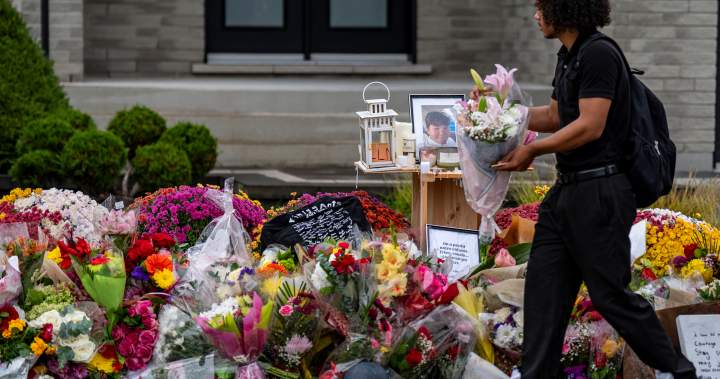A community is reeling after the fatal police shooting of 16-year-old Nooran Rezayi in Quebec City this past Thursday—an incident that has ignited intense debate over police accountability and the urgent need for widespread bodycam implementation across Canadian law enforcement agencies.
The shooting occurred when Quebec City police responded to reports of a person allegedly carrying a knife near École secondaire Roger-Comtois, approximately two kilometers from where officers ultimately confronted the teenager. According to preliminary investigative reports from Quebec’s police watchdog, the Bureau des enquêtes indépendantes (BEI), officers discharged their weapons after what they described as a “threatening” situation, though critical details about the exact nature of the confrontation remain unclear.
What makes this case particularly contentious is that Quebec City police officers are not currently equipped with body cameras, leaving a critical gap in objective evidence of the encounter. “This tragedy brings to the forefront the pressing need for standardized bodycam protocols across all police services in Canada,” said civil liberties advocate Martine Dubois, who has been vocal in the growing calls for police reform throughout Quebec.
The victim’s family has challenged the official narrative. Through their lawyer, they’ve expressed profound skepticism about the sequence of events as described by authorities. “Nooran was a gentle soul who had never displayed violent tendencies,” family representative Ahmad Hossaini told CO24 News. “We demand transparency and a thorough, independent investigation into why deadly force was used against a teenager.”
Quebec’s Public Security Minister François Bonnardel has acknowledged the gravity of the situation, announcing that his ministry would accelerate its review of bodycam implementation, which had previously been moving at a measured pace. “We cannot ignore that technology exists that might provide clarity in these tragic situations,” Bonnardel stated during an emergency press conference.
The incident has drawn comparisons to similar confrontations in other jurisdictions where bodycam footage has either exonerated officers or provided crucial evidence of misconduct. Montreal’s police service only began its full-scale bodycam deployment earlier this year, while Toronto and Vancouver have made significant strides in their implementation programs.
“What we’re seeing is a fragmented approach to police accountability measures across Canada,” explained Dr. Richard Thompson, professor of criminology at Laval University. “Some jurisdictions have embraced bodycams while others cite concerns about cost, privacy, or technical limitations. The result is an inconsistent patchwork of accountability.”
Community activists have organized vigils for Rezayi, with hundreds gathering outside Quebec City Hall on Friday evening. Speakers called for immediate policy changes, including mandatory de-escalation training focused specifically on interactions with youth and individuals experiencing mental health crises, though authorities have not confirmed whether mental health was a factor in this case.
The BEI has assigned eight investigators to the case and has requested that any witnesses come forward with information. Independent forensic analysts have also been contracted to examine the scene and weapons involved. Their preliminary findings are expected within ten days, though a complete investigation may take months.
As communities across Canada watch this case unfold, the fundamental question remains: in an era of advanced technology and growing demands for transparency, can we afford to have any police forces operating without body cameras when lives—particularly those of our youth—hang in the balance?










